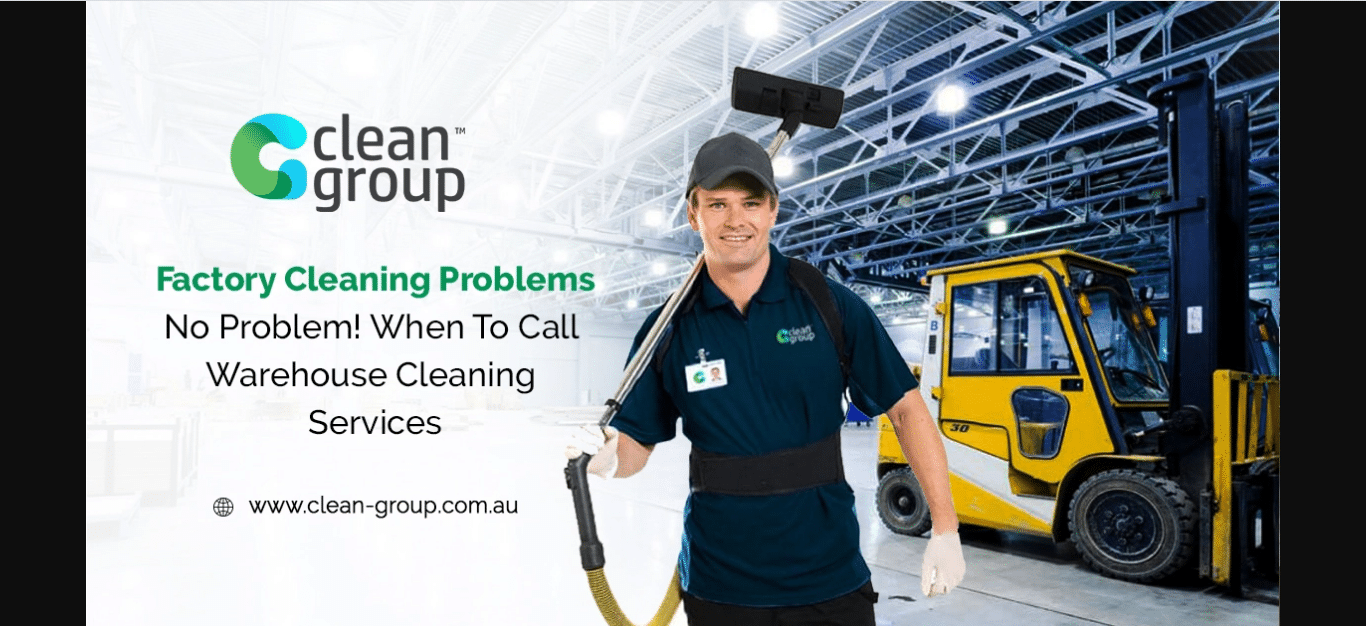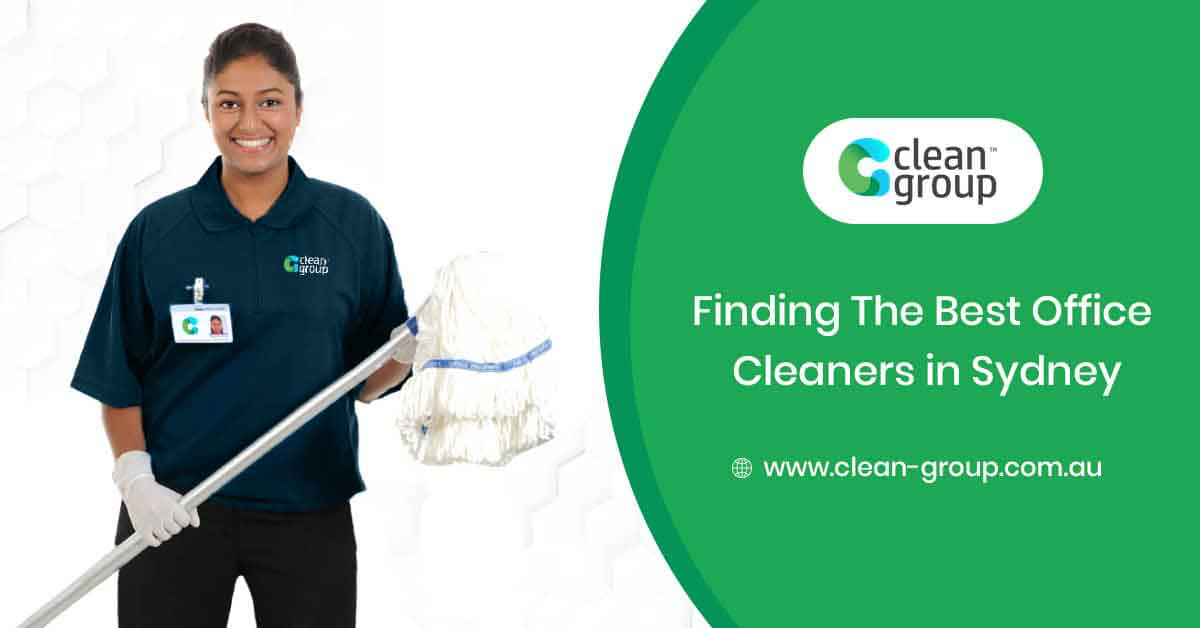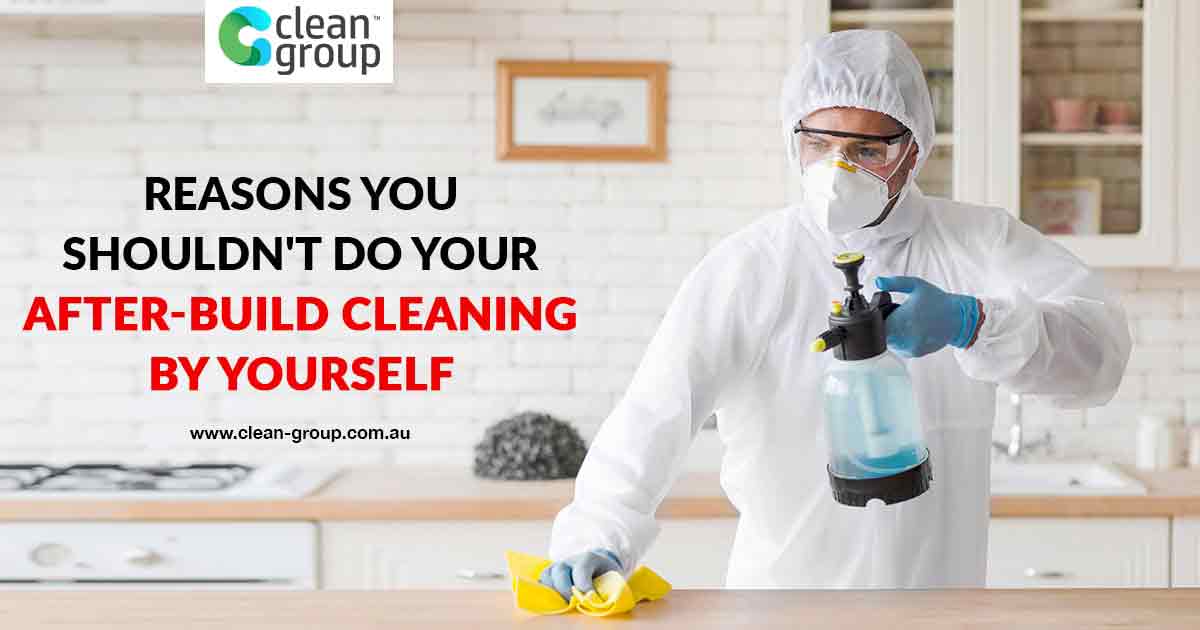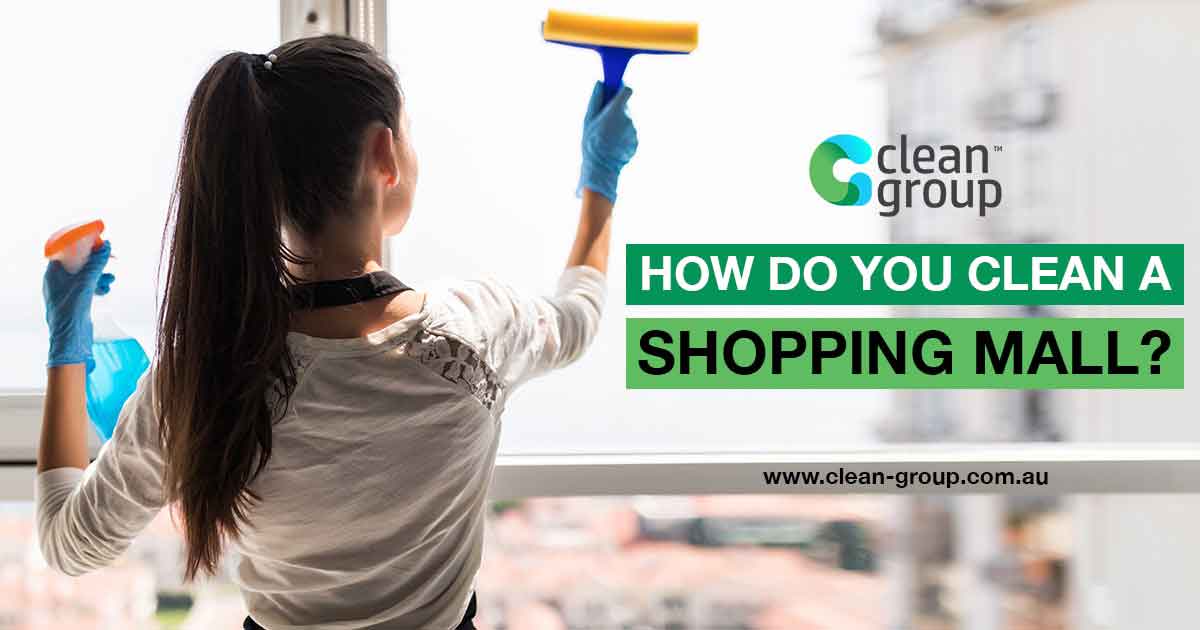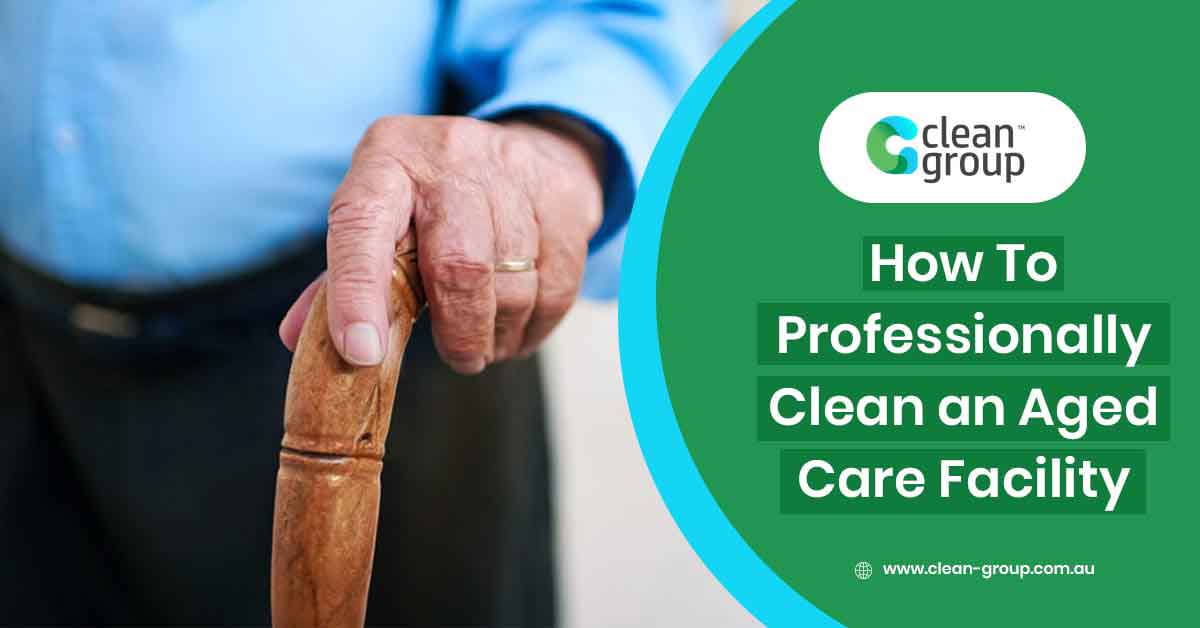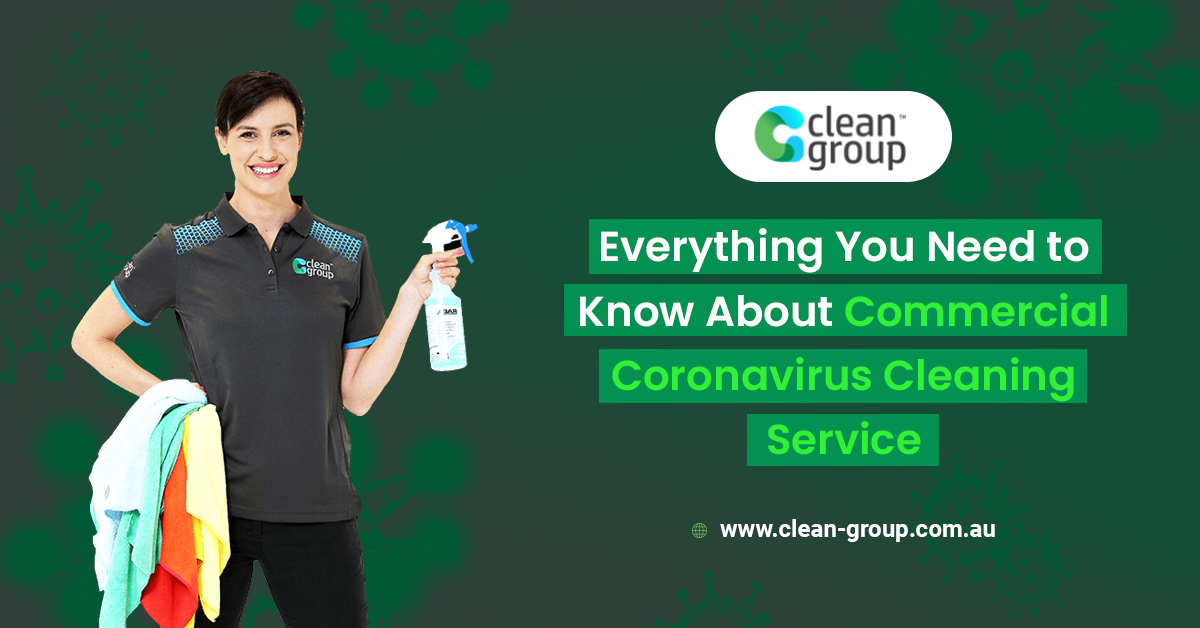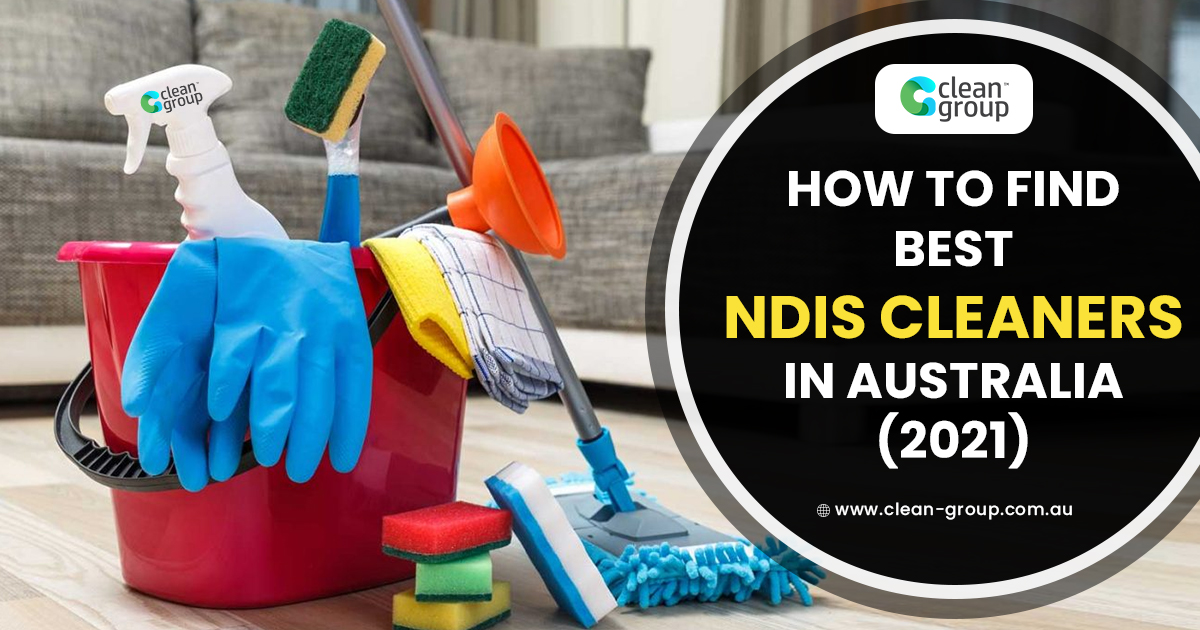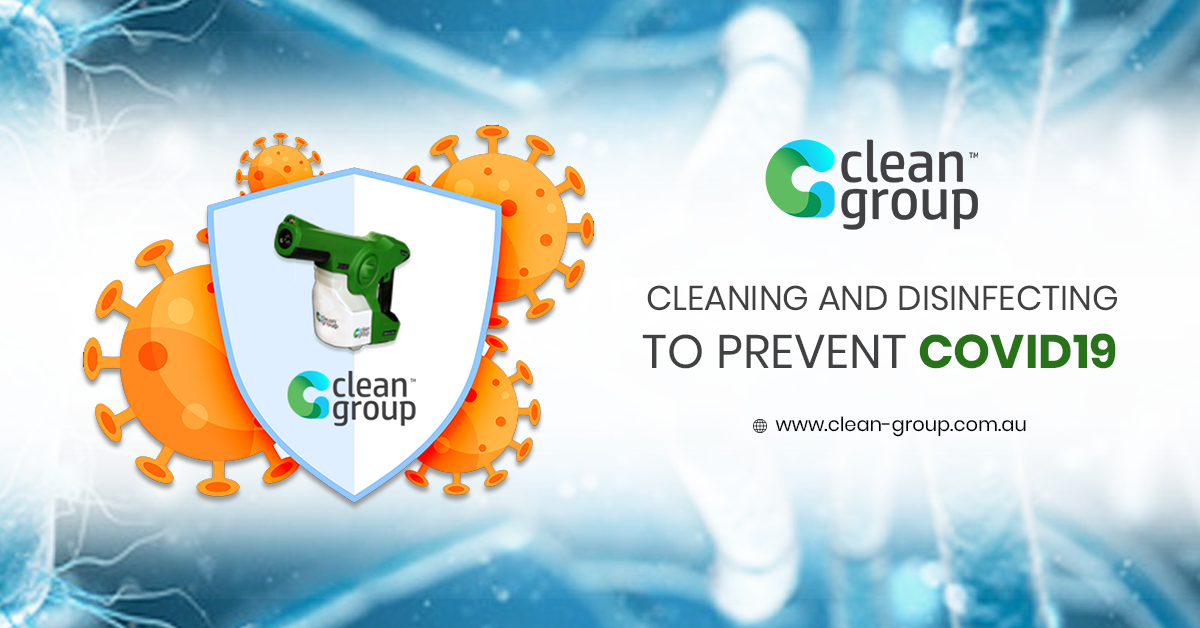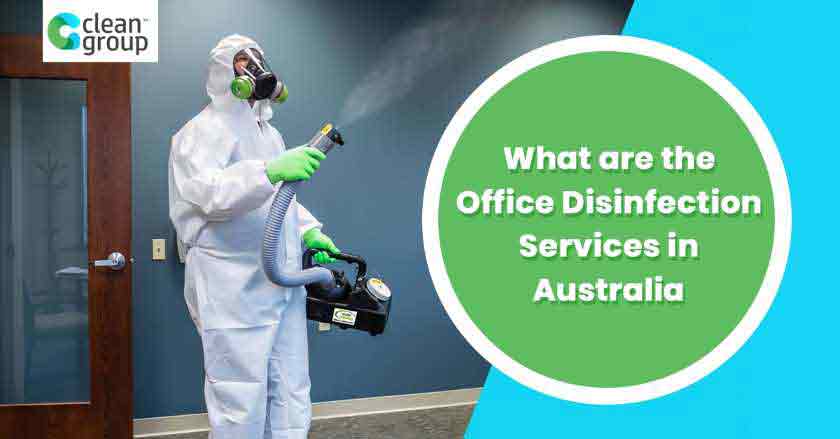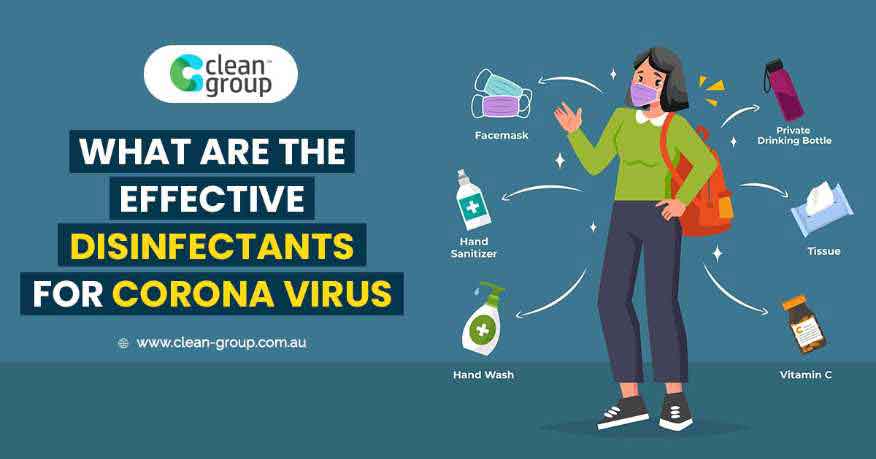Many industries rely on professional cleaners to maintain the health and safety of their employees and customers. Commercial cleaning is entirely different to industrial cleaning.
The definition of commercial cleaning services is too broad, and the demands of the job differ from one another. In this article, we will talk about the common issues that cleaning companies encounter on a day-to-day basis.
Industrial cleaners offer cleaning solutions to places like factories, warehouses, and schools. It can also include pressure cleaning and industrial floor cleaning with superior cleaning equipment and cleaning products.
Factory cleaning and warehouse cleaning can be dirty work. It is not as simple as commercial cleaning. Industrial cleaning can mean that clients expect the cleaner to do a tough job.
Can you imagine what the floors in a factory setting look like? Apart from the extra amount of dirt and grime that pile up quickly, the floor needs to be safe from all kinds of hazards to deliver a totally satisfactory experience to your clients. Industrial cleaning has a higher demand.
The cleaner needs to perform the job in a more challenging manner, considering that sometimes, factory cleaning requires a 24- hour operation. The cleaning has to be round the clock as well. Cleaners need to work with the factory’s employees at the same time.
Industrial cleaning services handle both heavy and light janitorial tasks for different industries like warehouse cleaning, pressure cleaning, office cleaning, and floor cleaning.
The requirements for factory cleaning services are different from office and retail cleaners. Industrial cleaning can expose cleaners to hazardous and unsafe situations.
The cleaners who will be tasked with industrial cleaning services should be knowledgeable about the use of the proper equipment, and chemicals require for the job.
It requires intensive labour which is often necessary for pressure cleaning and warehouse cleaning. The industrial cleaning Melbourne market is as big as the market in Sydney, NSW.
Types of Industrial Cleaning
- Cleaning of tank
- Cleaning of tube
- Cleaning of silo
- Cleaning of water pipe
- Removal of coating
- Removal of paint
- Cleaning of conveyor
- Cleanup of the hazardous chemical spill
- Cleaning of HVAC
- Cleaning of tank
Factory Cleaning Services Overview
Factory cleaning is one of the most challenging types of industrial cleaning. It requires specialized kinds of machinery and complex cleaning chemicals.
Industrial cleaners Melbourne caters to many factories and cleaning warehouses. Factory cleaning services require the use of the latest technologies and techniques in Sydney to deliver the highest positive experience in warehouse cleaning.
Some of them work regularly, and few accept one-off contracts. Most of the cleaning companies in Sydney which offer factory cleaning and warehouse cleaning use different cleaning products that can give the best cleaning results.
Warehouse cleaning can be tailored fit depending on the client’s requirements. Factories and warehouses can hold so much dust, dirt, and other debris that can be hazardous to a person’s health and safety.
Hiring a professional cleaner who can provide these services will be your best bet in Sydney.
Cleaning Warehouse and Factory Scope of Work
- The superb quality of routine cleaning
- Carpet or floor steam cleaning
- Deep cleaning of equipment and machines
- Maintenance and regular floor cleaning
- Hygiene routine cleaning
- Cleaning of cable trays
- Special cleaning to lighting
- Cleaning of common areas
- Steam cleaning of upholsteries
- Internal and external window cleaning
- Collection and removal of rubbish
- Maintaining the cleanliness of toilets and washrooms
Factory and Warehouse Biggest Cleaning Challenges in Sydney
The services required are something new to you. Even if you are an experienced cleaner and you have spent decades in cleaning services, there will always come a time that something is new to you.
Factory cleaning requirement is special, and they may require a different approach from time to time. If you encounter something new, we suggest that you break the job down into little pieces and understand the principle behind it. Use the best chemical and equipment that you think is best to get an excellent result.
Window Cleaning – window cleaning is not easy, especially if you have to reach a high window ceiling and external glasses. This requires effort and expertise.
Most of the glasses in factories and warehouses are embedded with dirt, chemical stains and debris from the production. It may take time to achieve the best results. In Sydney, a lot of professional cleaners can be contacted.
Graffiti– it is also difficult to analyze why factories and warehouses are more prone to vandalism. We cannot let graffiti not be attended because it will attract more vandals to put more graffiti. It is really a challenge to remove paint from any surface.
Professional cleaning services in Sydney know a different approach that will be safe on any surface.
Cleaning of emergency and exit zones– In Sydney, NSW, the government had designed legal requirements on how these areas need to be maintained. The factory and warehouse need to have these areas clean and clear from clutter. These services are always part of factory cleaning in Sydney.
Grease – The production floor is always prone to grease and slippery oils. Paints and oil residues pose a severe health hazard. Removing and scrubbing grease and oil from the floor can consume time and a whole deal of effort.
Cleaning services can remove these factory floor impurities that will leave the floor squeaky clean.
Plain Dirty – The factory floor is always busy. Workers and managers put their productivity above anything else. Factory dirt can be an eyesore. When not attended to, dirt can be deeply situated on corners and surfaces along with the other chemical residues.
Industrial cleaning in Sydney is a competitive business. A lot of business owners are now considering hiring professionals who can do the cleaning with the highest standard because of the COVID scare.
There are a lot of things that you need to consider if you want to venture into this field. Contact us by putting a message below if you’re going to ask questions about factory and warehouse cleaning.
We will be more than willing to share our knowledge with you. Our experience in the cleaning business is more than enough for us to say that we know what we are talking about.
Please share this article and drop us a comment below for any topic suggestions that you want us to talk about on our next blog.
